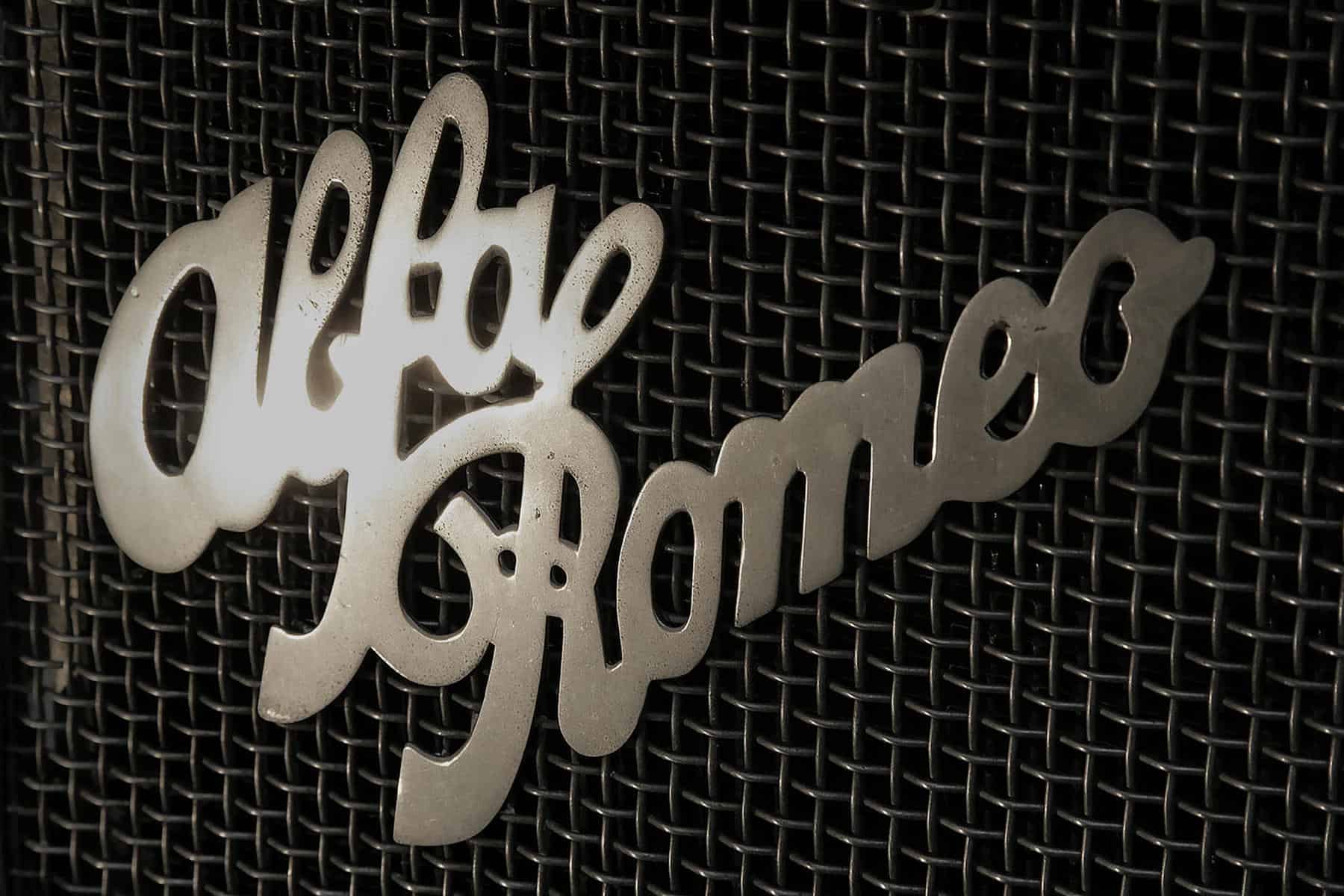
Alfa Romeo at 110
Appreciating an Italian Icon
BY: JOHN LAMM
At its birth 110 years ago, the carmaker’s name was quite a mouthful – (Società) Anonima Lombarda Fabbrica Automobili. A decade later, investor Nicolo Romeo added his name and A.L.F.A. became Alfa Romeo. The rest is history.
During the past century-and-a-decade, Alfa Romeo has assembled everything from cars to busses and trucks that may mean little to classic car aficionados. But there is a family of Alfas that have a place in museums, garages, rallies and the souls of anyone who appreciates beautiful engineering. These Alfas have earned a trio of Best of Show wins at the Pebble Beach Concours, but you are just as likely to find them on the grid of a vintage car race. Or at a Saturday cars and coffee. Or at the national convention of the Alfa Romeo Owners Club.
To celebrate the marque’s past 110 years, we’ve chosen a few Alfas to represent. Enjoy.

Vittorio Jano designed the 6C 1750, which did a great deal to establish Alfa’s reputation in 1929 and the early 1930s. Racing against Bugattis, they had many victories including the Mille Miglia in 1929 and 1930. The 1750s were built in various series and the car seen here is one of 213 1750 Gran Sports built by Alfa between 1930-1932. It resides in Alfa’s Museum in Arese, Italy. Gran Sports have a supercharged version of the 1.75-liter four rated at 85 horsepower. Top speed is 145 kph. The 1750s were often sold as a bare chassis and a coachbuilder created a body for it. This one has the classic Zagato two-seat design.
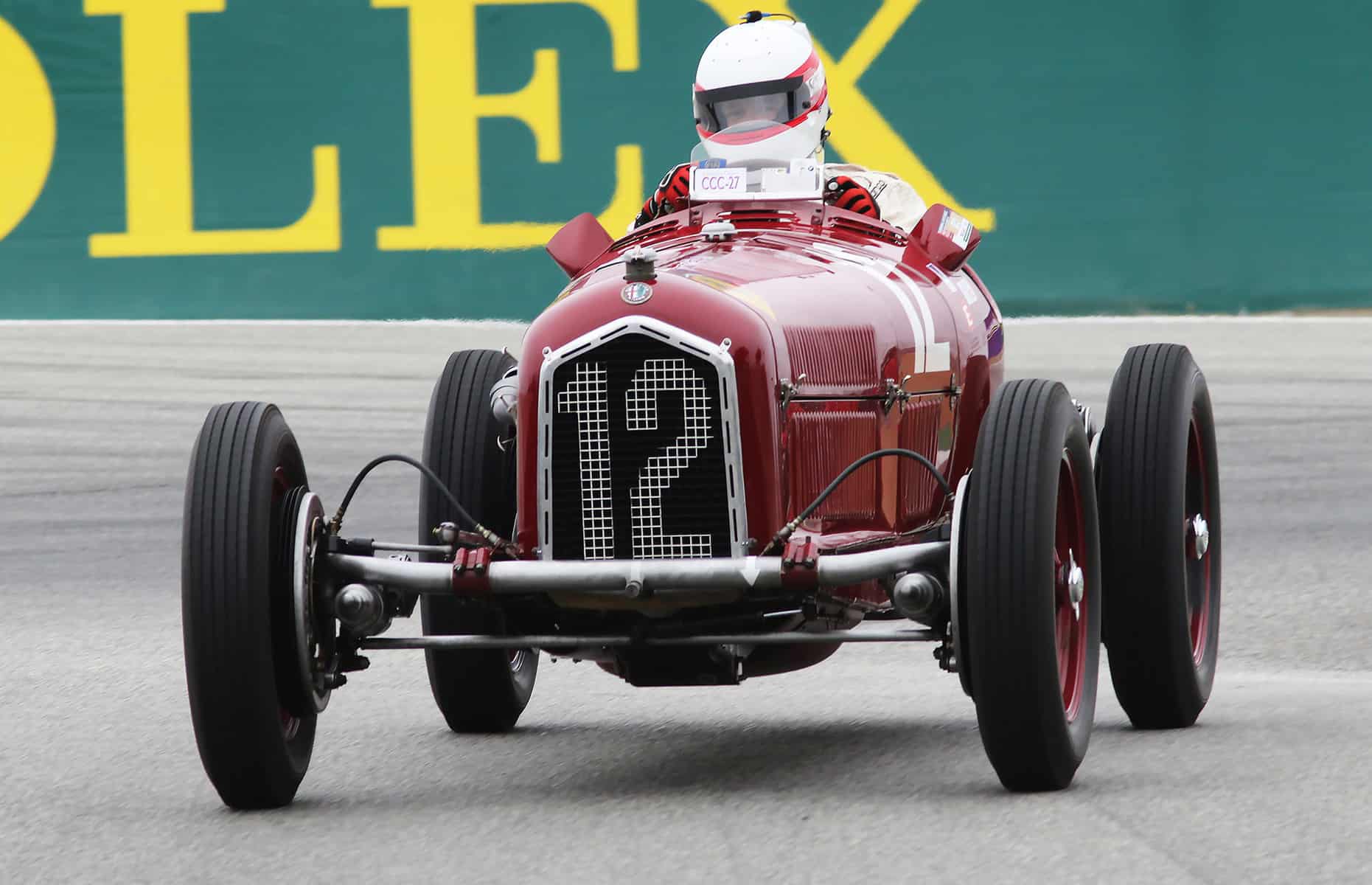
As with the 1750, engineer Vittorio Jano is created with the P3 Grand Prix car which is based on Alfa’s P2. Power is from a straight-8 configured from a pair of 4-cylinder blocks with two Roots superchargers. Weighing in at 1,545 pounds the P3 was launched midway through the 1932 Grand Prix season and immediately proved a winner. What makes the P3 seen here–now owned by Jon Shirley–legendary happened in 1935. Years of development now had the Alfa’s engine at more than 300 horsepower. This P3 was Tazio Nuvolari’s weapon that beat the Mercedes-Benz and Auto Union teams at the Nürburgring, leaving eight German GP cars in the dust. Hitler was not happy.

First car to earn a driver–Nino Farina–a Formula 1 title was Alfa’s 158/159 in 1950. With a 1.5-liter Roots supercharged V-8 the car was developed before World War II to race, and win, as a “voiturette,” the lesser class to Grand Prix cars. Postwar that engine now qualified the car as a full GP machine and the 158/159 dominated the first two F1 seasons. Juan Manuel Fangio drove one to his first GP title in 1951. Also known as the Alfetta, the car’s engine is famous for its power, ground-shaking roar and the fact it got 1.2 mpg on alcohol. And, yes, that’s another Formula 1 champ driving the Alfa, Mario Andretti.

Among the treasures in the world’s auto collections and museums are Alfa’s 8C 2900s. Arguably the most famous 8C 2900s are five created in 1938. One was a Le Mans Coupe, the other four aimed at the Mille Miglia as seen here. Touring created their long hood, short deck bodywork with its teardrop fenders. The engine is a supercharged 2.9-liter straight-8. One of the 8C 2900’s won the Mille Miglia in 1938 and this one finished second. Among its owners have been Phil Hill, who raced it, famed industrial designer Brooks Stevens and, now, Ralph Lauren.
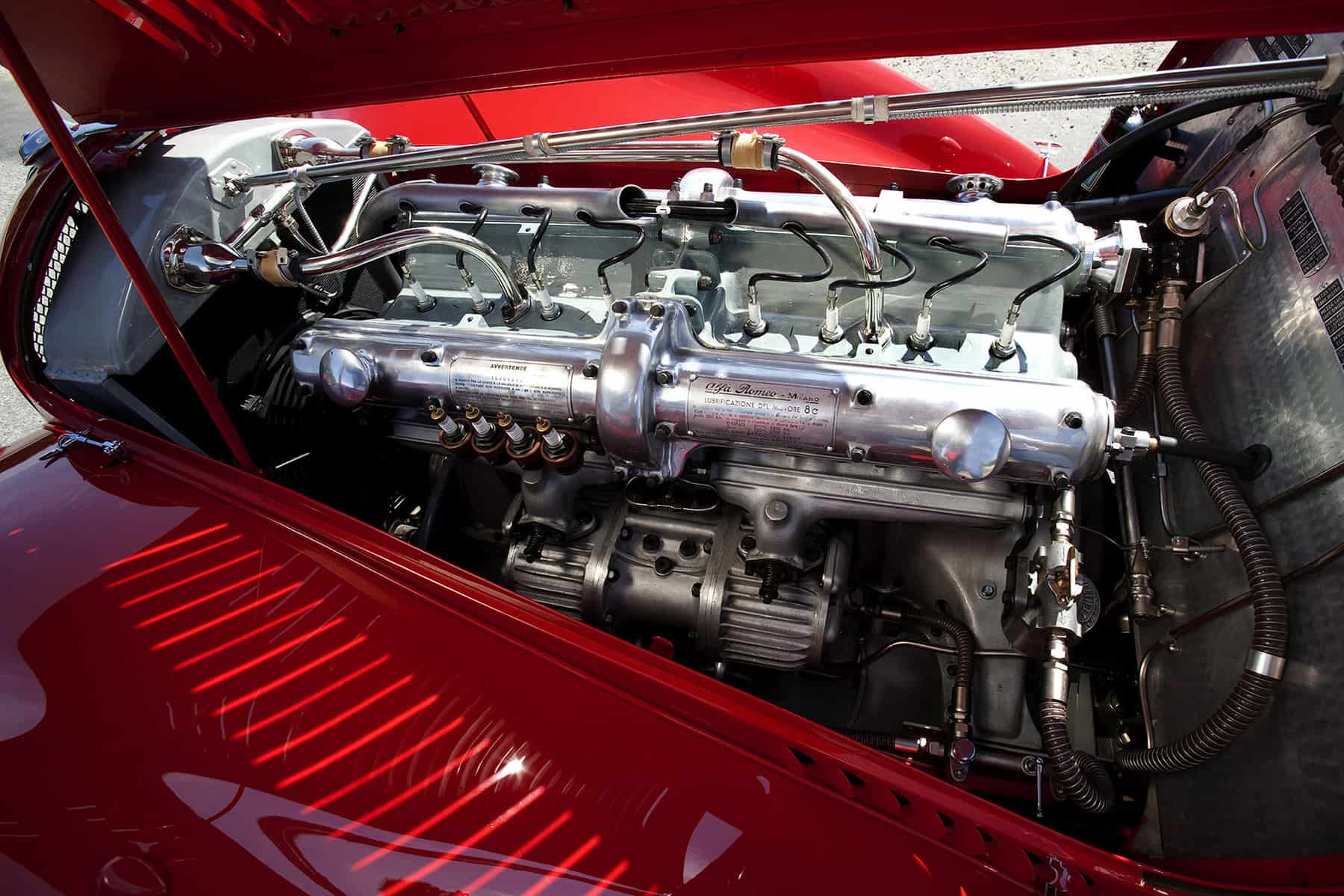
We can’t have an Alfa Romeo appreciation without an engine photo. This gem is in Ralph Lauren’s 8C 2900 Mille Miglia and said to produce some 225 horsepower. It has a “Testa Fissa” design with the head and block in one unit. The eight cylinders are divided into a pair of four-cylinder units with a central gear train between them. There is a supercharger for each pair of cylinders and, Alfa being Alfa, twin overhead camshafts.
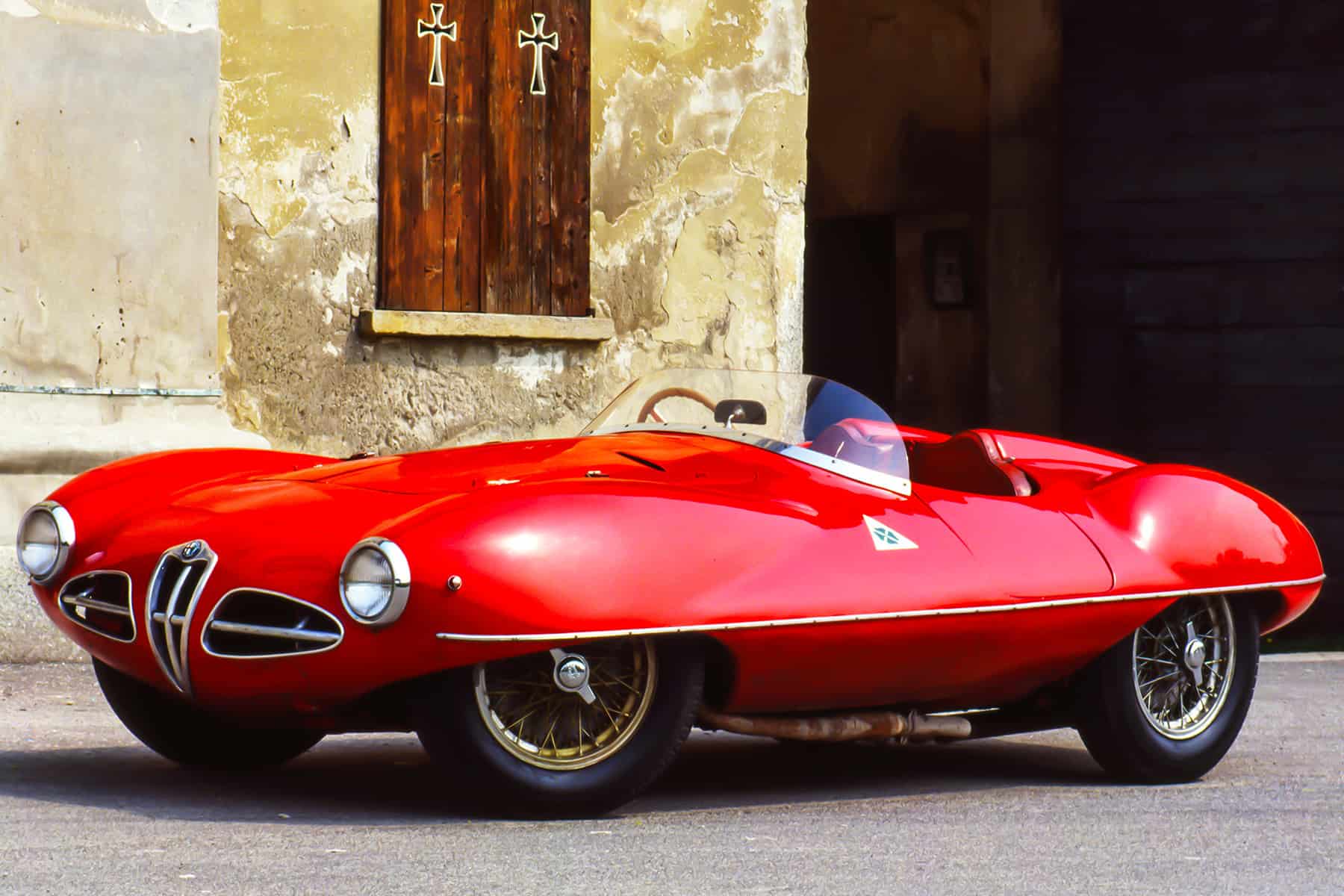
Among the most memorable of Alfa Romeo’s postwar race cars is the small series of “Disco Volante” sports cars. That is Italian for “flying saucer,” the nickname of the Carrozzeria Touring-designed bodywork. This is one of five created, that body wrapped around a tube frame. The engine is a 2.0-liter four with 158 horsepower. The author had the pleasure of sharing this car with Phil Hill on the historic Mille Miglia. It is a charmer, drawing crowds wherever it stops.
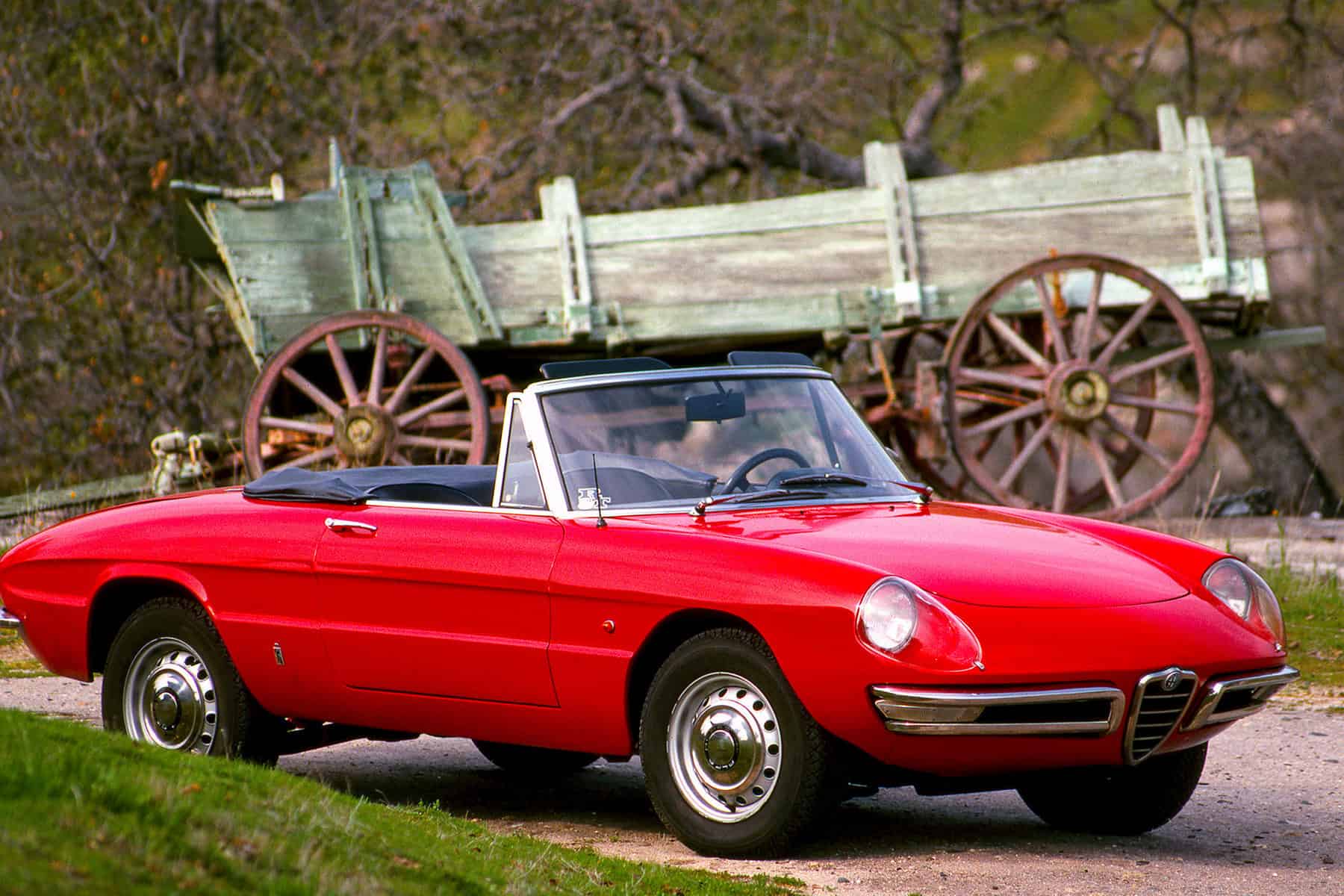
While prewar Alfas tend to reside in collector’s museums, the postwar machines are more affordable. For instance, the Duetto sports car here is one of three Alfas once owned by the author. The lineage included names like Giulia, GTV, Giulia Sprint Veloce, GTA, Alfetta and Spyder. Coupes, sedans and convertibles. The 4-cylinder engines had an aluminum alloy head and block, twin camshafts and such displacements as 1.6 and 2.0 liters. A smooth 5-speed manual gearbox. Solid predictable handling. Just the automobiles that are passed on from parent to child, Alfisti to Alfisti. A friend of the family.
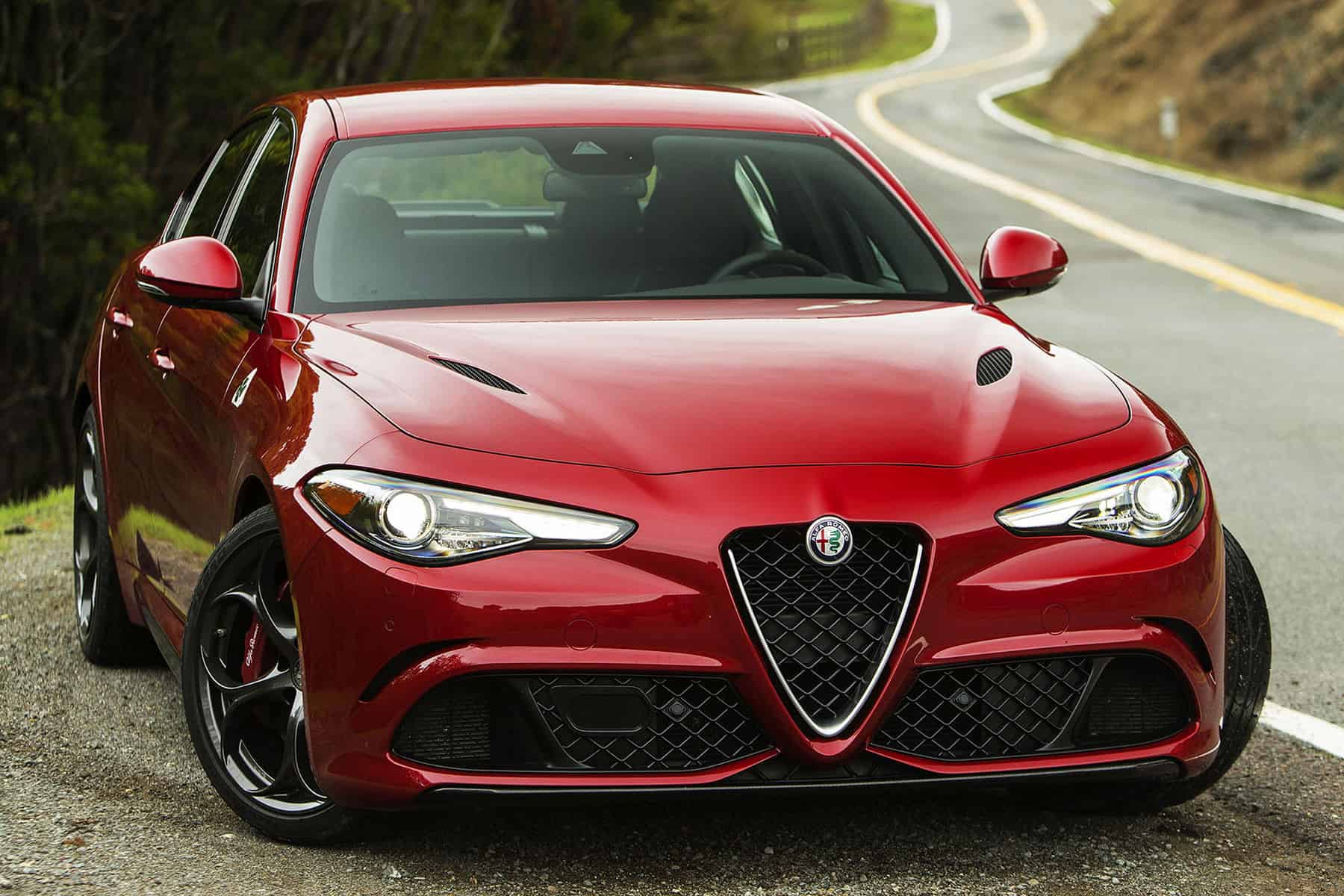
With that face, what could it be but an Alfa Romeo? In this case the current Giulia sedan. Both it and today’s Stelvio SUV are easily recognizable with that vertical triangular grille topped by the traditional Quadrifoglio name badge. Down below are wide horizonal intakes on each side. No surprise the modern Alfas can be had with such features as an 8.8.-inch touchscreen, blind spot assist, collision warning systems and all-wheel drive. But there is also a look to the past up front. The base engine. No surprise, a 2.0-liter all-aluminum four, now with a turbo and 280 horsepower and 306 lb-ft of torque.

